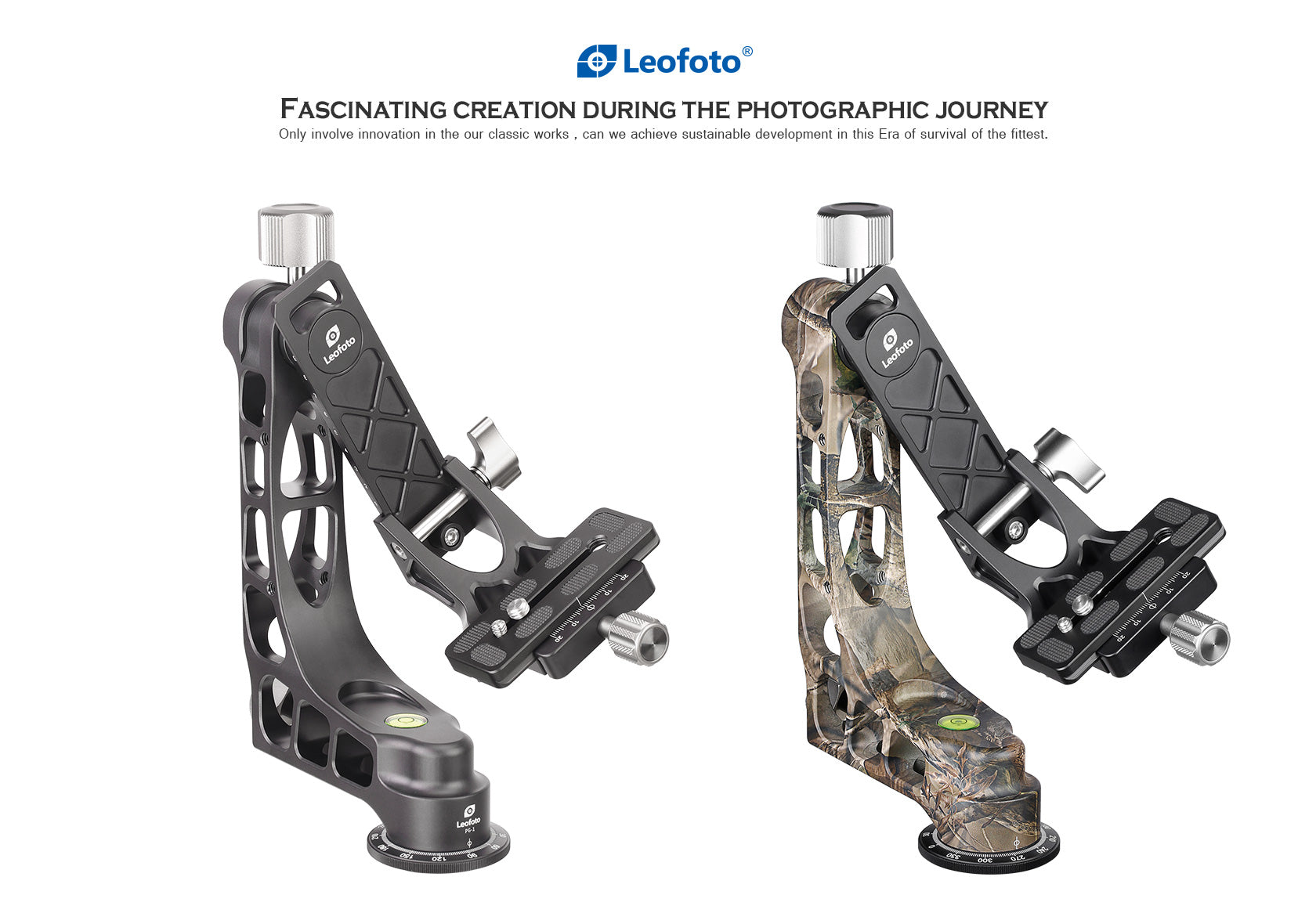fcotterill
Well-known member
Leofoto have updated their range of gimbals, including a compact PG2S of listed weight of only 850g.According to Canon, the lens weighs in at 3lbs. One thing to consider is your overall kit weight. In other words, how much are you schlepping including the tripod and whatever head you put on it? If you have good ballhead, then the Wimberly Sidekick is both cost and weight effective. I used one for years with my 300 2.8 and teleconverters. You can often find them used at a discount too if you are so inclined. When I got my 600 f/4 G VR (11.25 lbs), I looked at a lot of full gimbals and settled on this one from Leofoto. Overall, I have been very happy with it and it balances the 600 just fine.

Leofoto PG-1 Lightweight Gimbal Tripod Head w/ Plate & Bag (Black/Camo)
Leofoto PG-1 Lightweight Gimbal Tripod Head w/ Plate & Bag (Black/Camo Color) Travel lightly with the Leofoto PG-1 Gimbal Head constructed from T6061 aluminum. The PG-1 enables you to capture fast-moving subjects with a large and heavy telephoto lens that you otherwise could not do manually...leofotousa.com
Unfortunately none of their cradle clamps have an (adjustable) quick lever release on the jaw. Perhaps it's possible to disassemble a LR70 clamp and swop in the locking release mechanism into the gimbal clamp.
PG-2 - Leofoto
Leofoto was founded at the beginning of 2014. It is located in Zhongshan, beautiful Pearl River Delta area in China. Leofoto team has been designing and manufacturing series of camera support systems by comparing and studying the high-end photographic accessories made in China and abroad and...
www.leofoto.com

